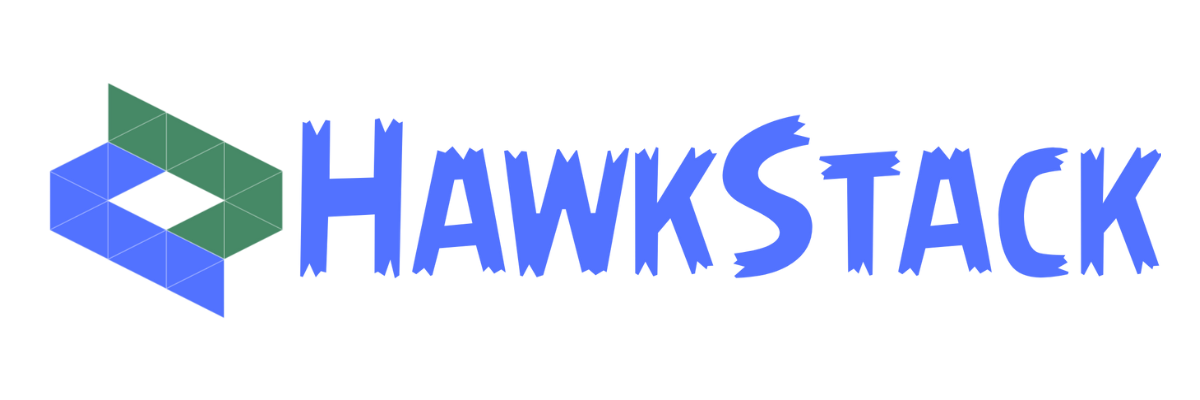Developing Event-Driven Applications with Apache Kafka and Red Hat AMQ Streams
Develop, scale, and troubleshoot event-driven microservice applications.
Learn to use Kafka and AMQ Streams to design, develop, and test event-driven applications. Event-driven microservices scale globally, store and stream process data, and provide low-latency feedback to customers. This course is for application developers and is based on Red Hat AMQ Streams 1.8 and Red Hat OpenShift Container Platform 4.6.
Following course completion, hands-on lab access will remain available for up to 45 days for any live course that includes a virtual environment.
Course summary
- Describe the basics of Kafka and its architecture.
- Develop applications with the Kafka Streams API.
- Integrate applications with Kafka Connect.
- Capture data change with Debezium.
- Troubleshoot common application streaming issues.
Audience for this course
Application developers with microservice development experience.
- Designing Event-Driven Applications
- Describe the principles of event-driven applications.
- Introducing Kafka and AMQ Streams Concepts
- Build applications with basic read-and-write messaging capabilities.
- Building Applications with the Streams API
- Leverage the Streams API to create data streaming applications.
- Creating Asynchronous Services with Event Collaboration
- Create and migrate to asynchronous services using the event collaboration pattern.
- Integrating Data Systems with Kafka Connect
- Connect data systems and react to data changes using Kafka Connect and Debezium.
- Troubleshooting AMQ Streams Applications
- Handle common problems in Kafka and AMQ Streams applications.
Impact on the organization
Organizations are recognizing that traditional synchronous applications are not able to scale consistently and adjust to the massive amounts of data from customers while still meeting customers’ expectations of immediate results. With event-driven applications using Kafka and AMQ Streams, organizations can expect to be able to globally scale their applications, store and stream process data, and provide feedback to customers with extremely low latency.
Impact of this training

